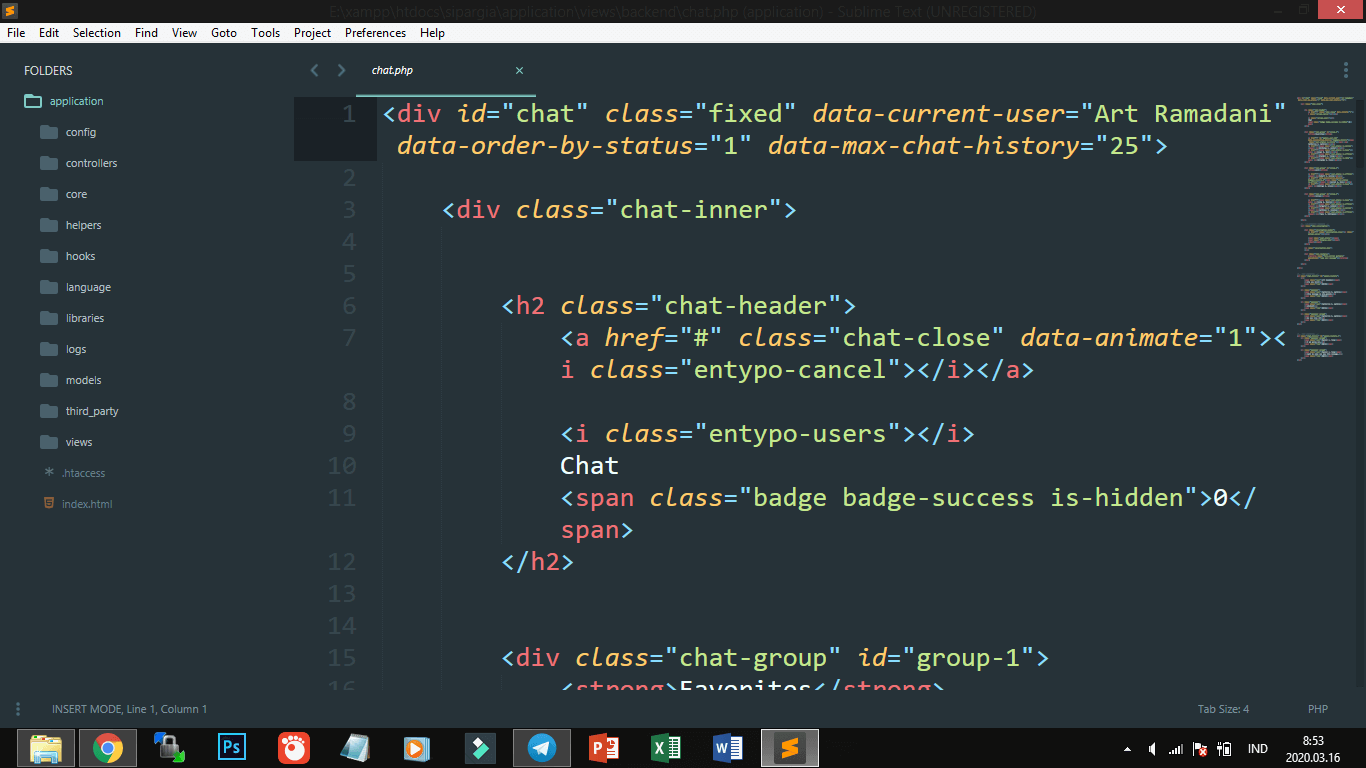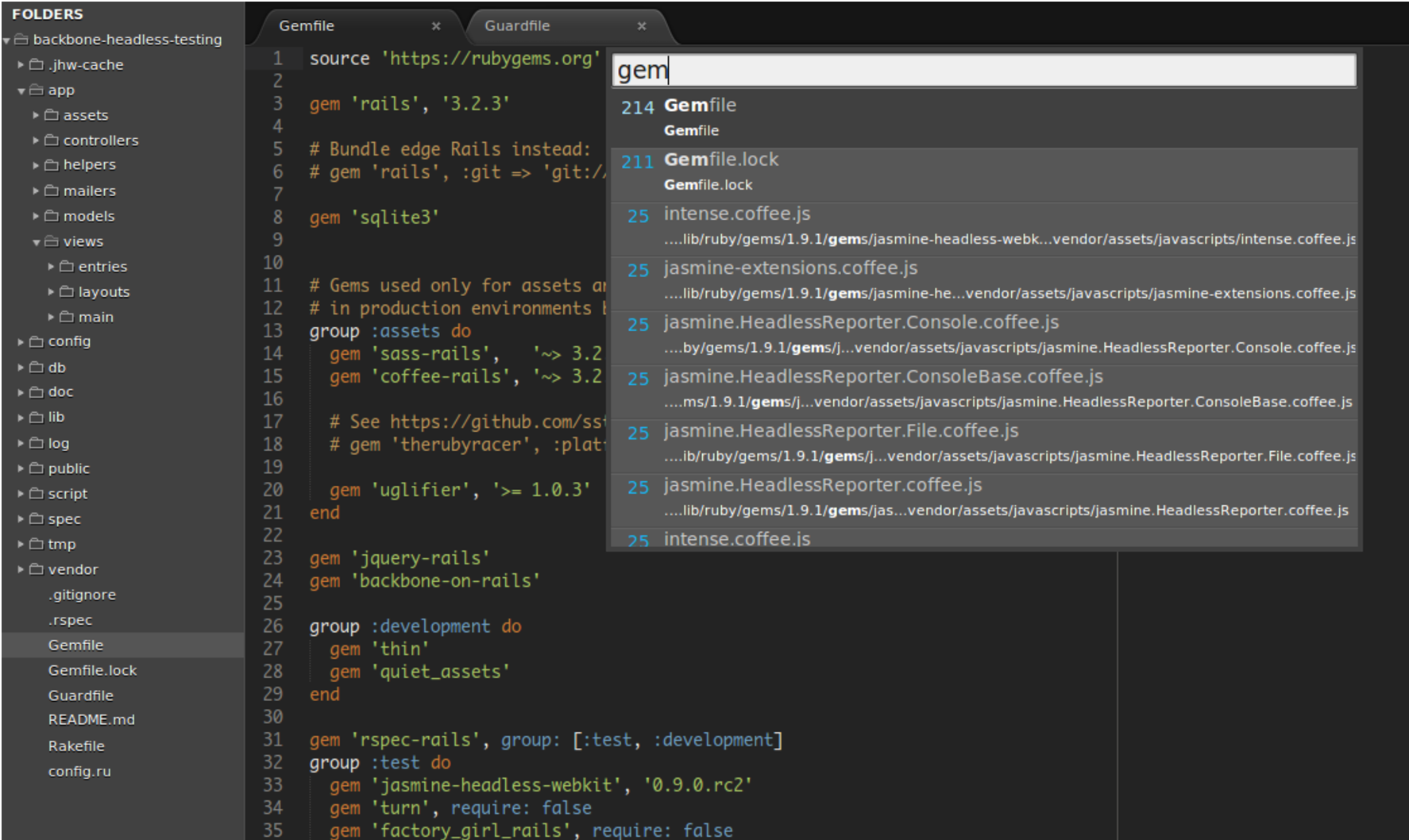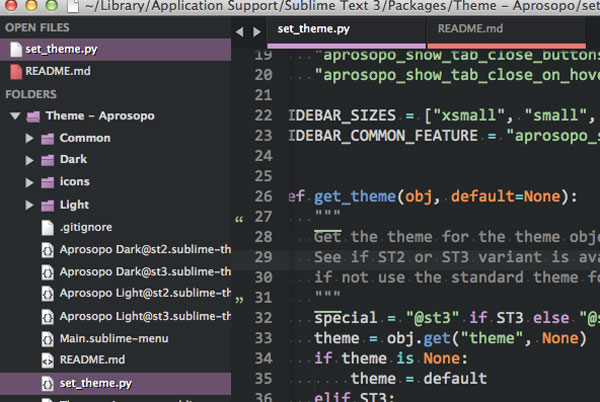

In addition to settings files, Sublime Text maintains session data-settingsįor the particular set of files being currently edited. Ultimately overrides every other settings file of the same name. Let us remember again that any given settings file in Packages/User Merging and Order of Precedence for more information. Together and overwritten according to predefined rules. All settings defined in identically named files will be merged The same settings file (such as Python.sublime-settings) can appear in Sublime Text in order to load new settings files.

Settings changes are usually updated in real time, but you may have to restart This is important: Platform-specific settings files in the Preferences ( platform ).sublime-settings. Type, whose syntax definition is contained in Python.tmLanguage, theĬorresponding settings files would be called Python.sublime-settings.Īlso, some settings files only apply to specific platforms. tmLanguage syntax definition for the file type. For example, file type settings need to carry the name of Minimap.sublime-settings), or they can be related to what the settingsįile is controlling. NamesĬan be descriptive (like Preferences (Windows).sublime-settings or sublime-settings file determines its purpose. Project-specific settings override user settings, That will only apply to files within that project. SettingsĪ project may define project-specific settings List of wildcards.įiles matching the wildcards will be included in the project. List of wildcards.įiles matching the wildcards will be excluded from the project. List of wildcards.įolders matching the wildcards will be included in the project. List of wildcards.įolders matching the wildcards will be excluded from the project. If present, it will appear in the side bar. The path may be relative to the project directory, You can open a project from the command lineīy passing the. See the official documentation for more information. Projects can define settings applicable to that project only. Keyboard shortcuts related to projects: Switch project If you drag a folder onto a Sublime Text window, You can add and remove folders to/from a project Notice that the transient view has no tab:Īn implicit one is created by Sublime Text. Here’s an example showing a normal view, a transient view, The tab title of semi-transient views appears in italics.īefore a new semi-transient view is opened,Īny other pre-existing semi-transient view in the same pane Unlike transient views, semi-transient views The sidebar provides basic file management operations

Projects and the sidebar are closely related. Like, for example, project-wide searches. We’ll talk at length about packages later,Įnhance the coding experience for C, Ruby, Go.). We sometimes refer collectively to all theseĭisparate configuration files as resources. That conform to a predefined structure or format: To specify all available preferences and settings. Sublime Text’s vast flexibility is the reason The "Tango Light" scheme is included as a default option, but you can create your own scheme from scratch or by copying an existing scheme.Ĭolor schemes can be defined in the schemes array of your settings.json file.Packages, Plugins, Resources and Other Terms ¶ Open a Command Prompt tab if you haven't already, and you'll immediately see that the colors have changed.
#Sublime text theme title bar update
Once you save this file, Windows Terminal will update any open window. Notice the extra comma in the hidden line. Look down the JSON file until you find the section that includes: "commandline": "cmd.exe",Ĭhange it to read: "commandline": "cmd.exe", To demonstrate, let's change the color scheme for the Command Prompt profile. This file is where you can define various options per window or per profile. Select Settings, and the settings.json file will open in your default text editor. This will open a pull-down menu that lists the available profiles on your system (for example, Windows PowerShell and Command Prompt) and some other options. Launch Windows Terminal and then select the small downward-facing arrow in the title bar. To change schemes, you'll need to edit the settings.json file in an editor such as Visual Studio Code. Windows Terminal lets you define your own color schemes, either by using the built-in preset schemes, or by creating your own scheme from scratch.


 0 kommentar(er)
0 kommentar(er)
